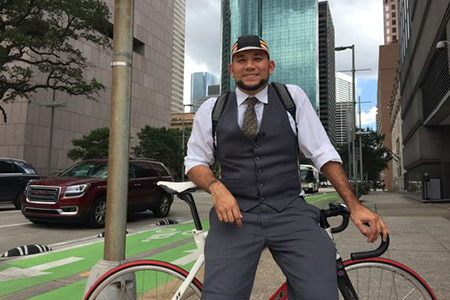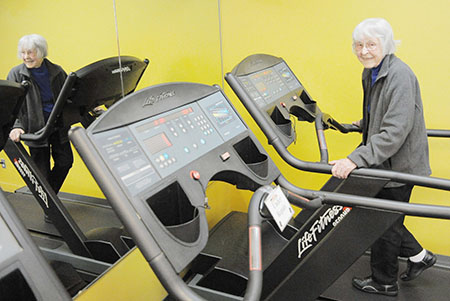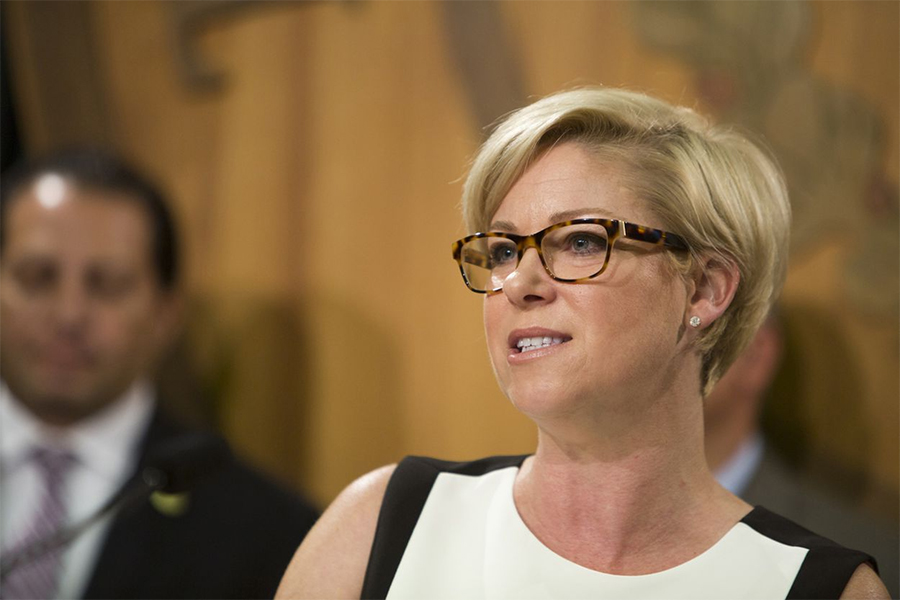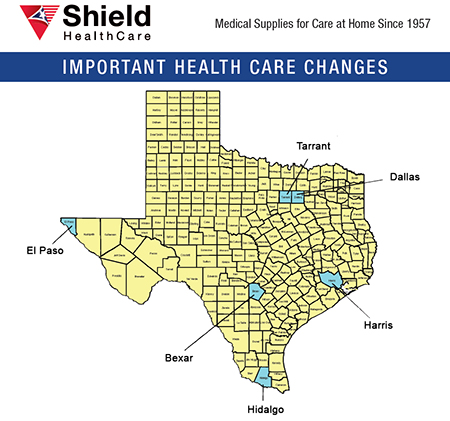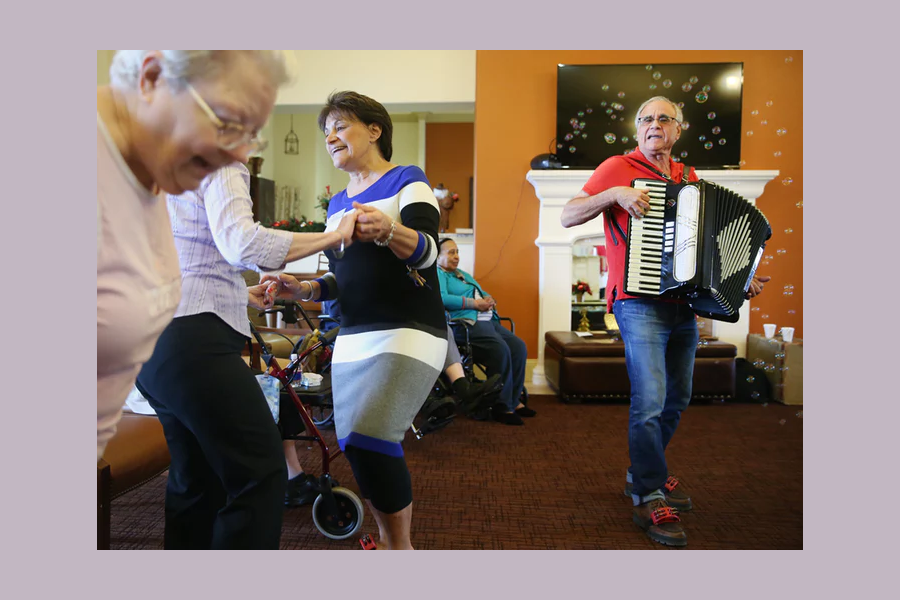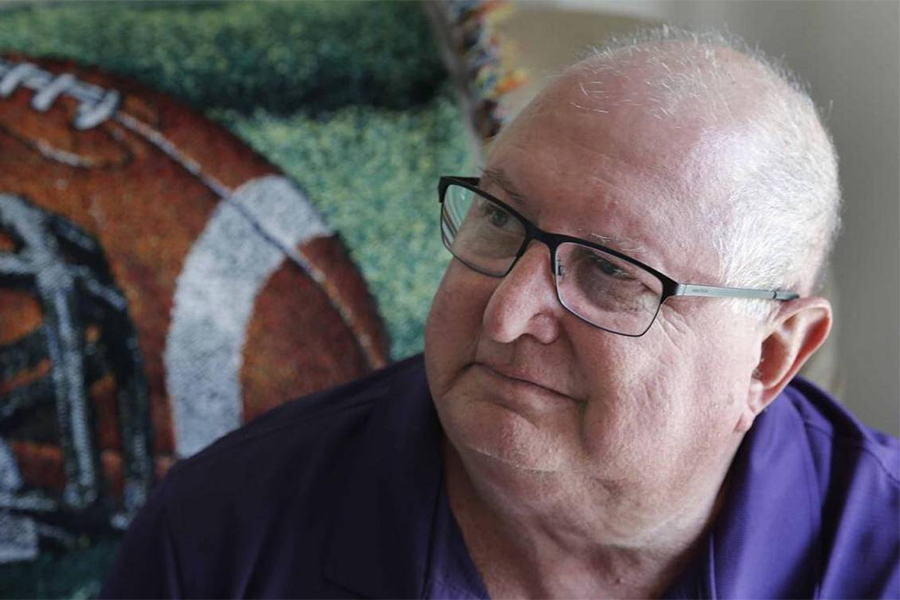Houston Tries to Slim Down with Food, Fitness By Laura Ungar and Jayne O’Donnell, for USA Today
HOUSTON — This sprawling Southwesternmetropolis used to have a Texas-sized obesity problem, topping the scales as America’s fattest city. And no wonder — healthy food and safe places to exercise were hard to come by for many residents.
But an initiative launched by Mayor Annise Parker in 2012, called Go Healthy Houston, has worked to change that dubious distinction by giving people better access to healthy foods, physical activity and tobacco-free zones. It’s one of many similar initiatives in cities across the nation aiming to improve health and reduce the cost of care among whole populations by creating an environment that makes healthy choices easier.
The initiative, highlighted during a recent forum here sponsored by USA TODAY and Cigna, has helped focus the often-redundant health programs from all over the 600-square-mile city towards the common goal of health. It means mother of four Laura McBroom, one of thousands of Houstonians living in “food deserts” with no easily accessible grocery stores, can now get fresh fruits and vegetables at her neighborhood convenience store. And teacher Chuy Benitez can ride his bicycle safely on a protected bike path instead of battling dangerous downtown traffic.
“The city government can either be a victim or a victor…in providing the types of policies that enable citizens to become healthier,” said Omar Reid, Houston’s human resources director, who has helped implement Go Healthy Houston. “One of the things that’s different about city government is our ability to get things done quickly compared to the federal government.”
There’s a lot of work to do. In a 2013 federal survey, only 15% of Houston-area adults reported eating the recommended five or more fruits and vegetables a day, and just 18% said they met federal exercise guidelines. Nearly two-thirds are overweight or obese, 11% have been told by a doctor they have diabetes, and many face barriers to health care, with 22% in poverty and 23% lacking health insurance.






